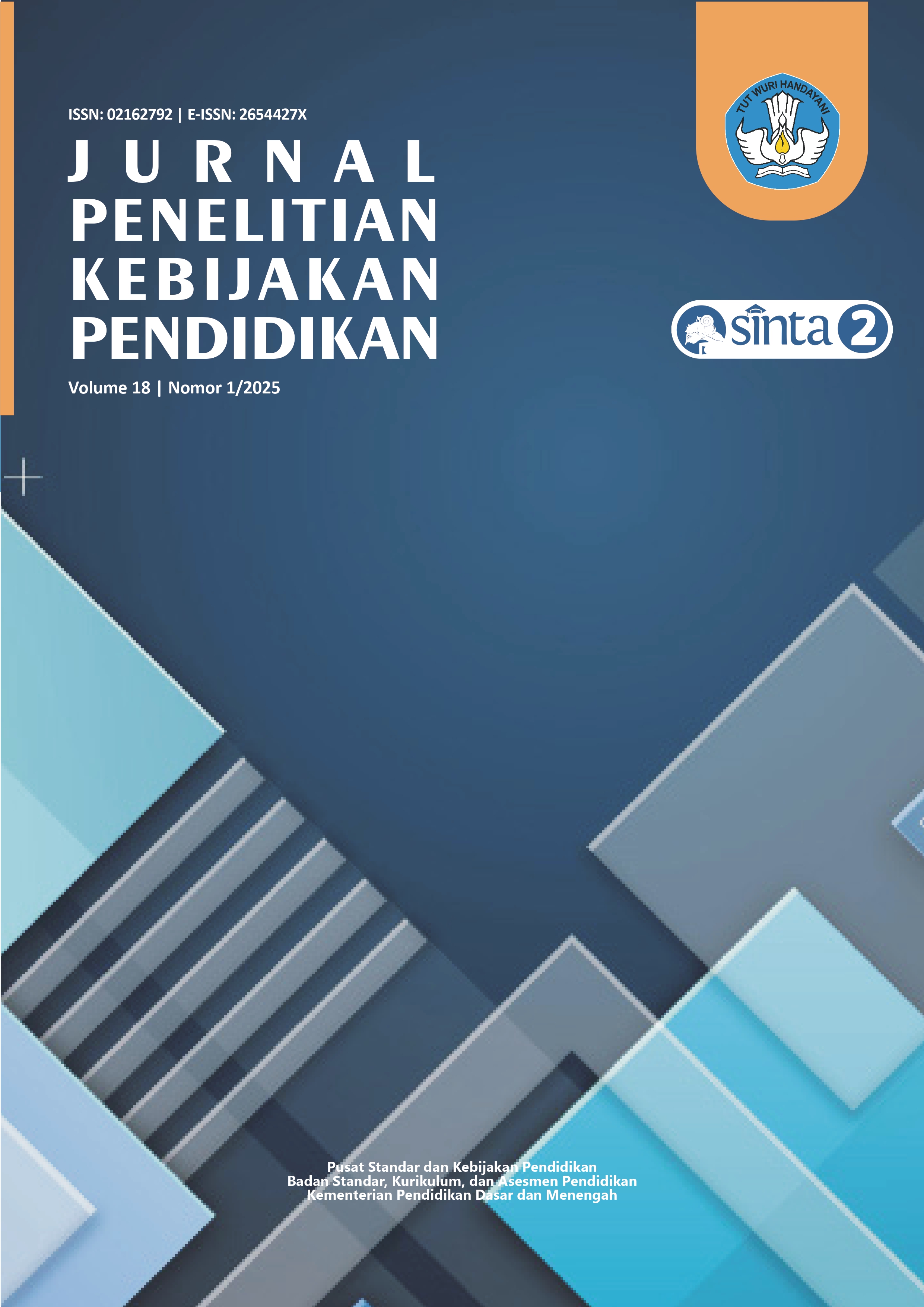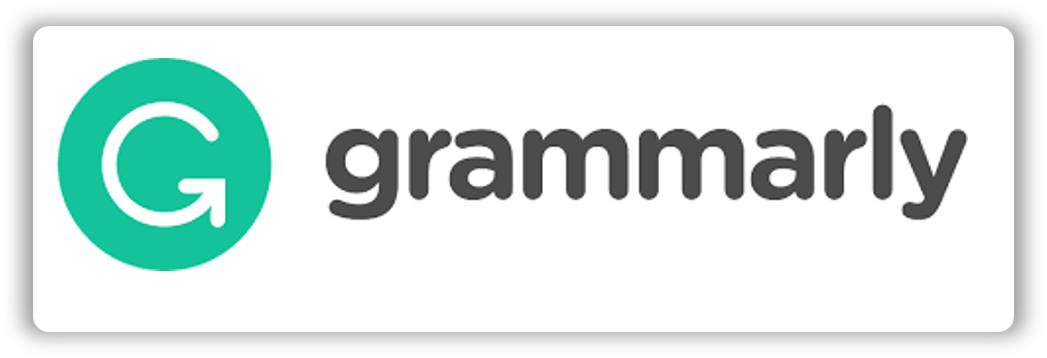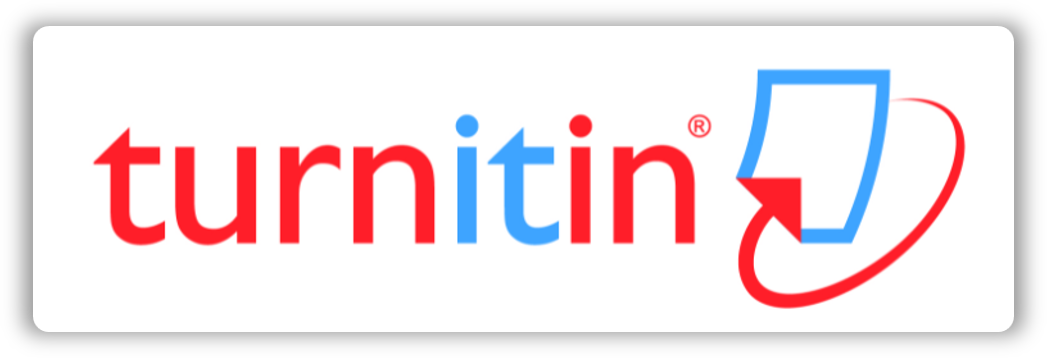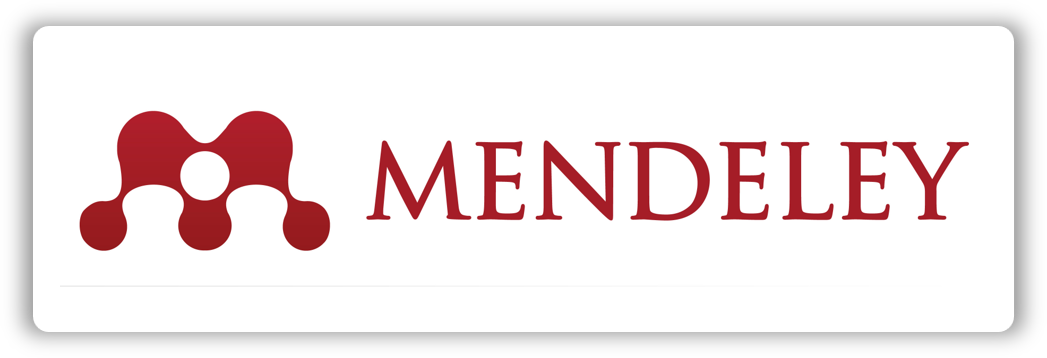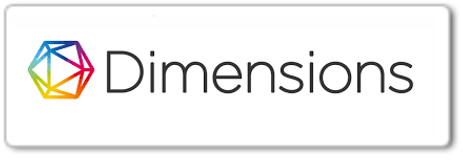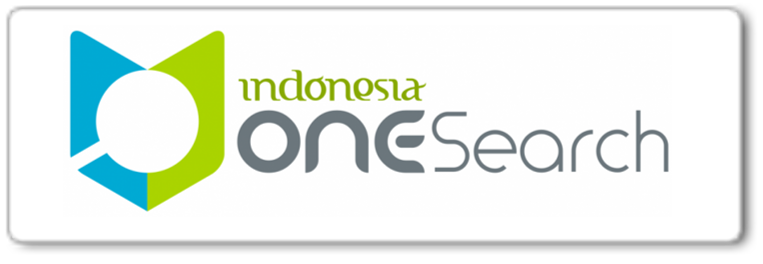PEMBELAJARAN MENDALAM: TRANSFORMASI PEMBELAJARAN MENUJU PENDIDIKAN BERMUTU
DOI:
https://doi.org/10.24832/jpkp.v18i1.1281Keywords:
pembelajaran mendalam, pendekatan pembelajaran, transformasi pendidikan, pendidikan bermutuAbstract
Penelitian ini bertujuan untuk mendeskripsikan kerangka kerja pembelajaran mendalam sebagai bentuk transformasi sistem pembelajaran dalam upaya mewujudkan pendidikan yang bermutu, inklusif, dan berkeadilan bagi semua murid. Artikel ini menggunakan metode studi pustaka dengan pendekatan sintesis teoretis, yaitu dengan menelaah dan mengintegrasikan berbagai teori terkait. Dokumen utama yang ditelaah adalah naskah akademik pembelajaran mendalam yang diterbitkan Kementerian Pendidikan Dasar dan Menengah pada 2025. Pendekatan yang diterapkan tidak hanya menekankan pada pemahaman konseptual, tetapi juga pada pengembangan karakter pembelajar sepanjang hayat melalui proses belajar yang berkesadaran (mindful), bermakna (meaningful), dan menyenangkan (joyful). Integrasi dimensi olah pikir, olah hati, olah rasa, dan olahraga dalam pembelajaran mendalam mendorong murid untuk memahami, mengaplikasi, dan merefleksi pengetahuan. Pendekatan ini berpusat pada murid sehingga tidak bersifat topdown, melainkan bottom-up; bukan tekstual melainkan kontekstual. Penelitian ini juga menguraikan kerangka kerja pembelajaran mendalam yang meliputi dimensi profil lulusan, prinsip pembelajaran, pengalaman belajar, serta kerangka pembelajaran. Pembelajaran mendalam menuntut perubahan sistemik melalui optimalisasi kompetensi pendidik, pemanfaatan teknologi digital, penciptaan lingkungan belajar yang inklusif, dan penguatan kemitraan pembelajaran. Dengan demikian, pembelajaran mendalam diharapkan menjadi strategi dalam menciptakan sistem pendidikan yang bermutu, berkeadilan, dan relevan dengan kebutuhan zaman.
References
Ambrose, S. A., Bridges, M. W., DiPietro, M., Lovett, M. C., & Norman, M. K. (2010). How learning works: Seven research-based principles for smart teaching. John Wiley & Sons.
Ames, C., & Archer, J. (1988). Achievement goals in the classroom: Students’ learning strategies and motivation processes. Journal of Educational Psychology, 80(3), 260.
American Psychological Association. (1993). Learner-Centered Psychological Principles: Guidelines for School Redesign and Reform. Mid-Continent Regional Educational Lab.
Atkinson. R. & Shiffrin, R. (1968). Human Memory: A Proposed System and Its Control Processes. (K Spence & J Spence (Eds)). The Psychology of Learning and Motivation: Advances in Research and Theory (Vol. 2). New York: Academic Press, 1968).
Ausubel, D. P. (1968). Educational psychology: A cognitive view. Holt, Rinehart and Winston, Inc.
Awang, M. I. (2022). The digitalization of learning assessment. Dalam Proceedings of International Conference on Multidiciplinary Research, 4(1), 1–7. https://doi.org/10.32672/pic-mr.v4i1.3731.
Baker, W. (2021). The role of the teacher in facilitating the Aha! Moment. Dalam Creativity of an Aha! Moment and Mathematics Education (pp. 139–163). https://doi.org/10.1163/9789004446434_006
Biggs, J. B., & Collis, K. F. (1982). The psychological structure of creative writing. Australian Journal of Education, 26(1), 59-70.
Biggs, J. B., & Telfer, R. (1993). The process of learning. Prentice-Hall of Australia.
Biggs, J., Tang, C., & Kennedy, G. (2022). Teaching for quality learning at university 5e. McGraw-hill education (UK).
Bitter, C., & Loney, E. (2015). Deeper Learning: Improving Student Outcomes for College, Career, and Civic Life. Policy Brief. Education Policy Center at American Institutes for Research.
Bonilla-Guachamín, J., Jadán-Guerrero, J., Rojas-Londoño, D., & Ramos-Galarza, C. (2021). Relationship between technological resources and meaningful learning in secondary students (pp. 198– 202). Dalam International Conference on Human Systems Engineering and Design: Future Trends and Applications (pp. 198-202). Cham: Springer International Publishing. https://doi. org/10.1007/978-3-030-58282-1_32
Bordunos, A. K., Miletich, M. P., & Volkova, N. V. (2024). Mindful Learning: Principles and Prospect of Use in Higher Education. Psychological Science and Education, 29(4), 16–30. https://doi. org/10.17759/pse.2024290402.
Boud, D. (1995) Enhancing Learning through Self-assessment. London: Kogan Page.
Badan Pusat Statistik (BPS). (2024). Statistik Pendidikan 2024. BPS RI.
Bransford, J. D., Brown, A. L., & Cocking, R. R. (2000). How people learn (Vol. 11). National academy press.
Bråten, O. M. H., & Skeie, G. (2020). ‘Deep learning’in studies of religion and worldviews in Norwegian schools? The implications of the national curriculum renewal in 2020. Religions, 11(11), 579.
Brenner, C. A. (2022). Self-regulated learning, self-determination theory and teacher candidates’ development of competency-based teaching practices. Smart Learning Environments, 9(1), 3.
https://doi.org/10.1186/s40561-021-00184-5
Bretz, S. L. (2001). Novak’s theory of education: Human constructivism and meaningful learning. Journal of Chemical Education, 78(8), 1107. https://doi.org/10.1021/ed078p1107.6
Brookfield, S. (1986). Understanding and facilitating adult learning: A comprehensive analysis of principles and effective practices. McGraw-Hill Education (UK).
Cheng, E. C. K. (2011). The Role of Self-regulated Learning in Enhancing Learning Performance. International Journal of Research & Review, 6(1).
Collier, K. L., & McManus, J. (2005). Bridging the gap: the use of learning partnerships to enhance workplace learning. https://api.semanticscholar.org/CorpusID:56364951 Costa, A., & Kallick, B. (2005). Habits of mind. Hawker Brownlow Melbourne.
Craik, F. I., & Lockhart, R. S. (1972). Levels of processing: A framework for memory research. Journryal of verbal learning and verbal behavior, 11(6), 671-684.
Darling-Hammond, L. (2010). Evaluating teacher effectiveness: How teacher performance assessments can measure and improve teaching. Center for American Progress.
Davis, B., Sumara, D., & Luce-Kapler, R. (2015). Engaging minds: Cultures of education and practices of teaching. Routledge.
Deci, E. L., Olafsen, A. H., & Ryan, R. M. (2017). Self-determination theory in work organizations: The state of a science. Annual review of organizational psychology and organizational behavior, 4, 19-43.
Dewantara, K. H. (1977). Pendidikan. Majelis Luhur Persatuan Taman Murid.
Dorado, S., & Giles, D. E. (2004). Service-learning partnerships: Paths of engagement. Michigan Journal of Community Service-Learning, 11, 25–37. https://api.semanticscholar.org/CorpusID:17633606.
Dini, I., Kim, S., & Nomura, S. (2024). Teacher practices in Indonesia: Results of the teach primary classroom observation study. World Bank Group. http://documents.worldbank.org/curated/ en/099090924033026750
Ellingsen, P., Tonholm, T., Johansen, F. R., & Andersson, G. (2021). Learning from problem-based projects in cross-disciplinary student teams. Education Sciences, 11(6), 259. https://doi.org/10.3390/ educsci11060259.
Entwistle, N., & Entwistle, D. (2003). Preparing for examinations: The interplay of memorising and understanding, and the development of knowledge objects. Higher Education Research & Development, 22(1), 19–41.
Ezell, D., Klein, C. E., & Lee, T. (2001). Learning communities working together for the success of all students: A shared vision. https://api.semanticscholar.org/CorpusID:156866968 .
Fullan, M., Quinn, J., & McEachen, J. (2017). Deep learning: Engage the world change the world. Corwin Press.
Fullan, M., Gardner, M., & Drummy, M. (2019). Going deeper. Educational Leadership, 76(8), 64–69.
Fullan, M., & Langworthy, M. (2014). A rich seam: How new pedagogies find deep learning. Pearson.
Goldberg, H. (2022). Growing brains, nurturing minds—neuroscience as an educational tool to support students’ development as life-long learners. Brain Sciences, 12(12), 1622. https://doi.
org/10.3390/brainsci12121622
Hattie, J., & Anderman, E. M. (2019). Visible learning guide to student achievement: Schools edition. Routledge.
Hernández Requena, S. R. (2008). The constructivist model and the new technologies, applied to the learning process. RUSC. Universities and Knowledge Society Journal, 5(2). https://doi. org/10.7238/rusc.v5i2.335
Hocking, J. B., Brown, M., & Harzing, A. (2007). Balancing global and local strategic contexts: Expatriate knowledge transfer, applications, and learning within a transnational organization. Human Resource Management, 46(4), 513–533. https://doi.org/10.1002/hrm.20180
Kolb, D. A. (2014). Experiential learning: Experience as the source of learning and development. FT press.
Jensen, E., & Nickelsen, L. (2008). Deeper learning: 7 powerful strategies for in-depth and longer-lasting learning. Corwin press.
Jonassen, D., Davidson, M., Collins, M., Campbell, J., & Haag, B. B. (1995). Constructivism and computermediated communication in distance education. American Journal of Distance Education, 9(2), 7–26. https://doi.org/10.1080/08923649509526885
Jonassen, D. H., & Strobel, J. (2006). Modeling for meaningful learning. Dalam Hung, D., Khine, M.S. (eds) Engaged Learning with Emerging Technologies, 1–27. Springer, Dordrecht. https:// doi.org/10.1007/1-4020-3669-8_1Kementerian Pendidikan Dasar dan Menengah. (2025). Naskah akademik pembelajaran mendalam: Menuju pendidikan bermutu untuk semua. Pusat Kurikulum dan Pembelajaran.
Langer, E. J. (2000). Mindful Learning. Current Directions in Psychological Science, 9(6), 220–223. https://doi.org/10.1111/1467-8721.00099.
Marton, F., & Säljö, R. (1976). On qualitative differences in learning: I—Outcome and process. British Journal of Educational Psychology, 46(1), 4–11.
Maslow, A. H. (1943). A theory of human motivation. Psychological Review, 50(4), 370.
Matthews, M. S., & McBee, M. T. (2007). School factors and the underachievement of gifted students in a talent search summer program. Gifted Child Quarterly, 51(2), 167–181.
McGregor, S. L. T. (2020). Emerging from the deep: Complexity, emergent pedagogy and deep learning. Northeast Journal of Complex Systems (NEJCS), 2(1), 2.
McTighe, J., & Silver, H. F. (2020). Teaching for deeper learning: Tools to engage students in meaning making. ASCD.
Merriam, S. B., & Clark, M. C. (1993). Learning from life experience: What makes it significant? International Journal of Lifelong Education, 12(2), 129–138. https://doi.org/10.1080/0260137930120205 Moore, P. (1993). The process of learning (3rd Edition). Prentice-Hall.
Mthethwa-Kunene, K., Rugube, T., & Maphosa, C. (2022). Rethinking pedagogy: Interrogating ways of promoting deeper learning in higher education. European Journal of Interactive Multimedia and Education, 3(1), e02204.
Mu’ti, A. (2023). Pluralistic Islamic religious education: A vision for Indonesia. The Review of Faith & International Affairs, 21(2), 121-127. https://doi.org/10.1080/15570274.2023.2200280
Novak, J. D. (2002). Meaningful learning: The essential factor for conceptual change in limited or inappropriate propositional hierarchies leading to empowerment of learners. Science Education, 86(4), 548–571. https://doi.org/10.1002/sce.10032
Nottingham, J. (2017). The learning challenge. How to guide your students through the learning pit to achieve deeper understanding. Corwin Press. https://doi.org/10.4135/9781071873007
Packer, M. J., & Goicoechea, J. (2000). Sociocultural and constructivist theories of learning: Ontology, not just epistemology. Educational Psychologist, 35(4), 227–241. https://doi.org/10.1207/ S15326985EP3504_02.
Pusat Asesmen Pendidikan. (2021). Laporan Hasil Asesmen Nasional 2021. Kementerian Pendidikan, Kebudayaan, Riset, dan Teknologi.
Schön, D. A. (1979). The reflective practitioner. Taylor & Francis.
Sugiyono. (2013). Metode penelitian pendidikan: Pendekatan kuantiataif, kualitatif, dan R&D. Alfabeta.
Syaodih, N. S. (2009). Metode Penelitian Pendidikan. Bandung: PT Remaja Rosdakarya.
The SMERU Research Institute. (2018). Indonesian Children: In School but Not Learning. The SMERU Research Institute. https://rise.smeru.or.id/en/publication/indonesian-children-school-notlearning. Diakses pada 18 Juni 2025.
VanderArk, T., & Schneider, C. (2012). How digital learning contributes to deeper learning. Retrieved June, 30, 2013.
Weimer, M. (2013). Learner-centered teaching: Five key changes to practice. John Wiley & Sons.
Willems, P. P., & Gonzalez-DeHass, A. R. (2012). School-community partnerships: Using authentic contexts to academically motivate students. School Community Journal, 22, 9–30. https://api. semanticscholar.org/CorpusID:220728350.
World Bank. (2020). The promise of education in Indonesia. World Bank. https://www.worldbank.org/ en/country/indonesia/publication/the-promise-of-education-in-indonesia.
Zed, M. (2008). Metode penelitian kepustakaan. Yayasan Pustaka Obor Indonesia.
Downloads
Published
Issue
Section
License
Copyright (c) 2025 Jurnal Penelitian Kebijakan Pendidikan

This work is licensed under a Creative Commons Attribution-NonCommercial-ShareAlike 4.0 International License.
Copyright Notice
All articles submitted by the author and published in the Jurnal Penelitaian Kebijakan Pendidikan are fully copyrighted by the publication of Jurnal Penelitaian Kebijakan Pendidikan under Attribution-NonCommercial-ShareAlike 4.0 International (CC BY-NC-SA 4.0) by technically filling out the copyright transfer agreement and sending it to the publisher
Note :
The author can include in separate contractual arrangements for the non-exclusive distribution of rich versions of journal publications (for example: posting them to an institutional repository or publishing them in a book), with the acknowledgment of their initial publication in this journal.
Authors are permitted and encouraged to post their work online (for example: in an institutional repository or on their website) before and during the submission process because it can lead to productive exchanges, as well as earlier and more powerful citations of published works. (See Open Access Effects).

